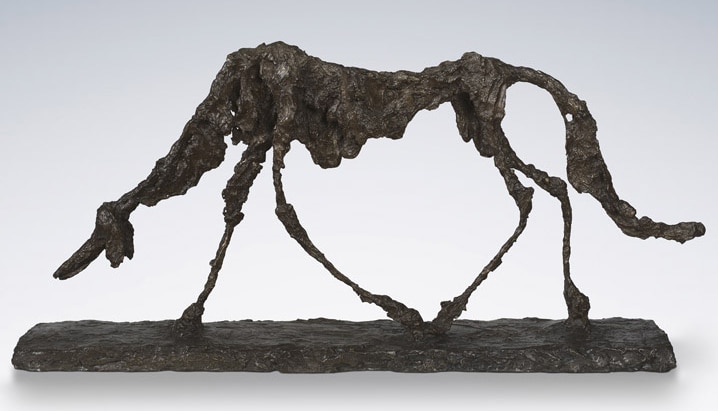In
Aesthetic Primitives of Images for Visualization, G. Peters attempts to explain the phenomenon of the human mind processing images. He is interested in everything from the basic composition of an image to the neuroscience behind how humans interpret it.
The most interesting aspect of his article to me was his illumination of rhythms, patterns, textures and repetition in images. In my mind, these words have always been associated with music and/or tactile, physical objects. The application of these terms to a two-dimensional image encourages me to draw parallels between these two different areas.
The first image I found is a perfect example of exact repetition. The subjects, soldiers, are wearing the same uniforms, standing in the same poses, holding almost identical weapons. The only variation is in their facial features and, to a slight degree, the angle of their heads. If I were to compare this image to a piece of music, I would imagine a steady drumbeat or a repetitive scale. The spatial organization, as Peters would describe it, doesn't draw attention to any specific soldier. The eye is drawn equally to each man, as if suggesting that they are all equals.
http://news.xinhuanet.com/english/2007- ... 679877.jpg
Peters also touches on the repetition and rhythm found in nature. My second image is of a cactus, its spine twisting in on itself to create a unique spiral pattern. In this image, the spacial organization specifically draws the viewer's eye to the center: the climax of the swirling. This repetition serves to highlight the cactus' individuality, contrary to the soldiers' anonymity. If I were to relate this image to a rhythmic sound, it would be the swirling water of a whirlpool.
https://www.adamphoto.com/images/403-01.jpg



